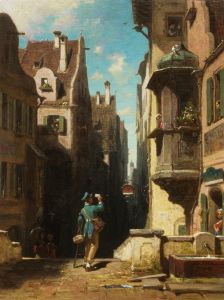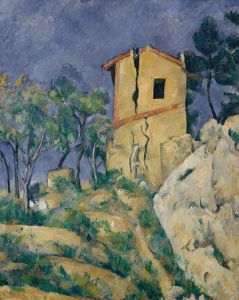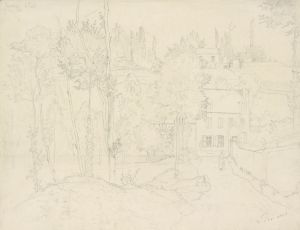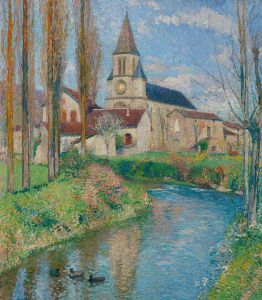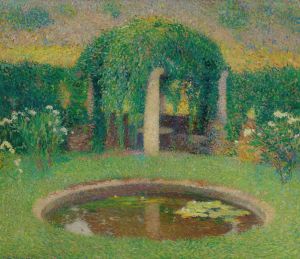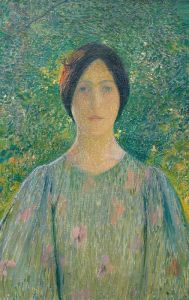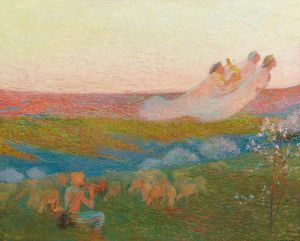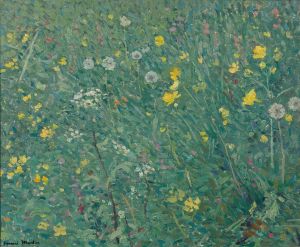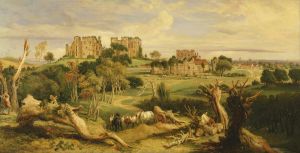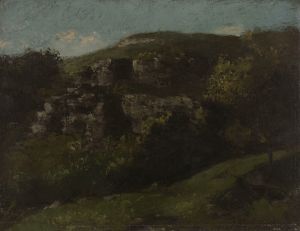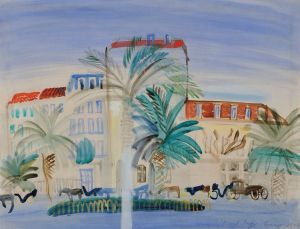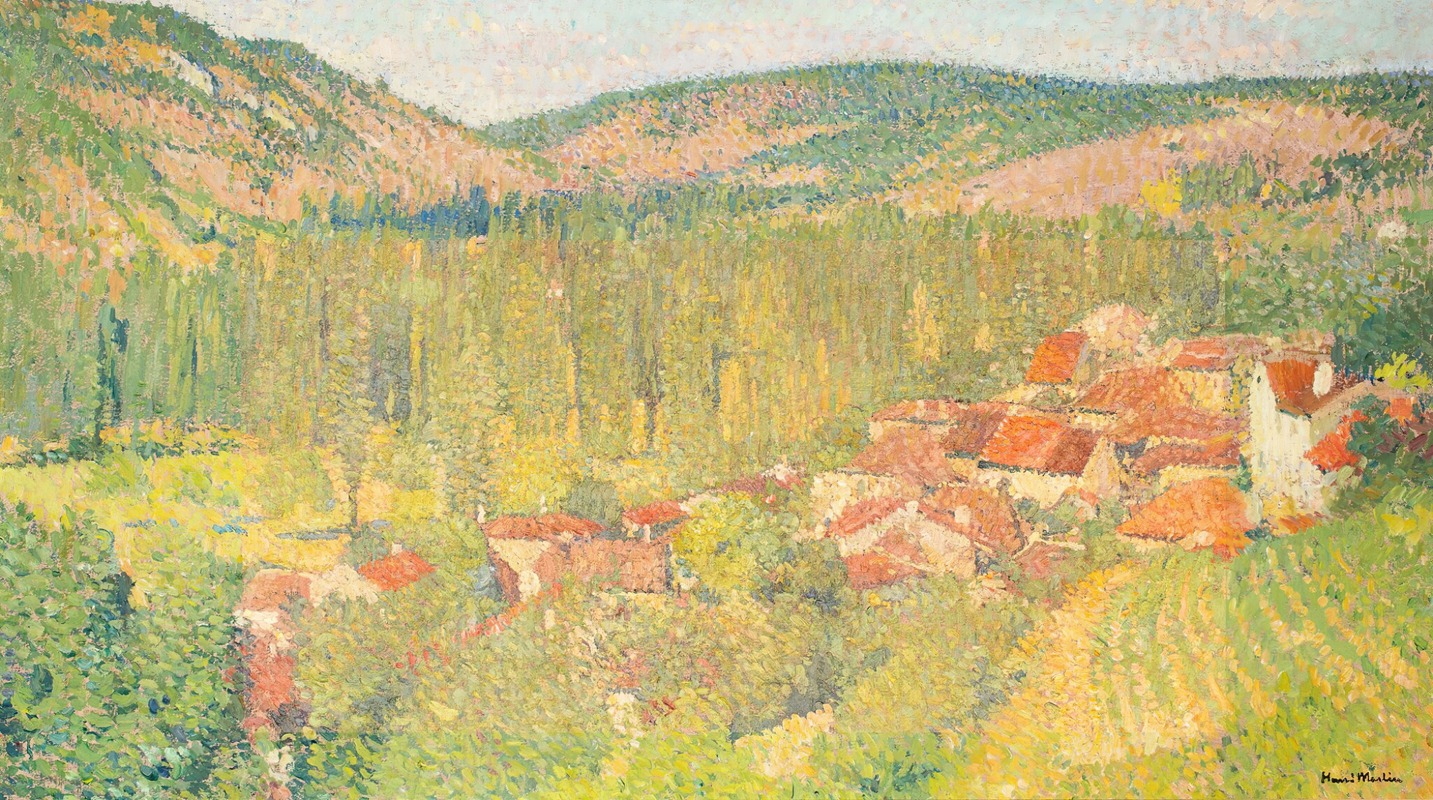
Vue de Labastide-du-Vert
A hand-painted replica of Henri Martin’s masterpiece Vue de Labastide-du-Vert, meticulously crafted by professional artists to capture the true essence of the original. Each piece is created with museum-quality canvas and rare mineral pigments, carefully painted by experienced artists with delicate brushstrokes and rich, layered colors to perfectly recreate the texture of the original artwork. Unlike machine-printed reproductions, this hand-painted version brings the painting to life, infused with the artist’s emotions and skill in every stroke. Whether for personal collection or home decoration, it instantly elevates the artistic atmosphere of any space.
Henri Martin was a prominent French painter known for his contributions to the Post-Impressionist movement. Born in 1860 in Toulouse, France, Martin developed a distinctive style characterized by his use of vibrant colors and pointillist techniques. He was heavily influenced by the Impressionists and Neo-Impressionists, and his work often depicted serene landscapes and idyllic rural scenes.
"Vue de Labastide-du-Vert" is one of Martin's notable works, showcasing his mastery in capturing the essence of the French countryside. Labastide-du-Vert is a small commune in the Lot department in southwestern France, an area known for its picturesque landscapes and historical significance. Martin had a personal connection to this region, as he spent a significant portion of his life in the Lot Valley, particularly in the village of Saint-Cirq-Lapopie, where he owned a home and studio.
The painting "Vue de Labastide-du-Vert" exemplifies Martin's ability to convey the tranquil beauty of rural France. Through his use of color and light, Martin creates a harmonious composition that reflects the peacefulness and natural beauty of the area. His technique often involved applying small, distinct dots of color, a method inspired by the pointillist approach, which allowed him to achieve a luminous effect and a sense of depth in his landscapes.
Martin's work is celebrated for its atmospheric quality and the way it captures the changing effects of light and season. In "Vue de Labastide-du-Vert," he likely employed a palette of soft greens, blues, and earth tones to depict the lush vegetation and rolling hills typical of the region. The painting invites viewers to experience the serene and timeless beauty of the French countryside, a recurring theme in Martin's oeuvre.
Throughout his career, Henri Martin received numerous accolades and was recognized as a leading figure in the French art scene. He was awarded the prestigious Prix de Rome in 1885, which allowed him to study in Italy and further develop his artistic skills. Martin's work was exhibited widely, and he became a member of the Académie des Beaux-Arts in 1917.
Today, Martin's paintings are held in high regard and can be found in various museums and private collections around the world. His ability to blend the techniques of Impressionism with his unique vision has left a lasting impact on the art world. "Vue de Labastide-du-Vert" remains a testament to his skill in capturing the essence of the French landscape and his dedication to portraying the beauty of nature.
Henri Martin passed away in 1943, but his legacy continues through his art, which continues to inspire and captivate audiences with its beauty and tranquility. His works, including "Vue de Labastide-du-Vert," are celebrated for their contribution to the Post-Impressionist movement and their enduring appeal.





